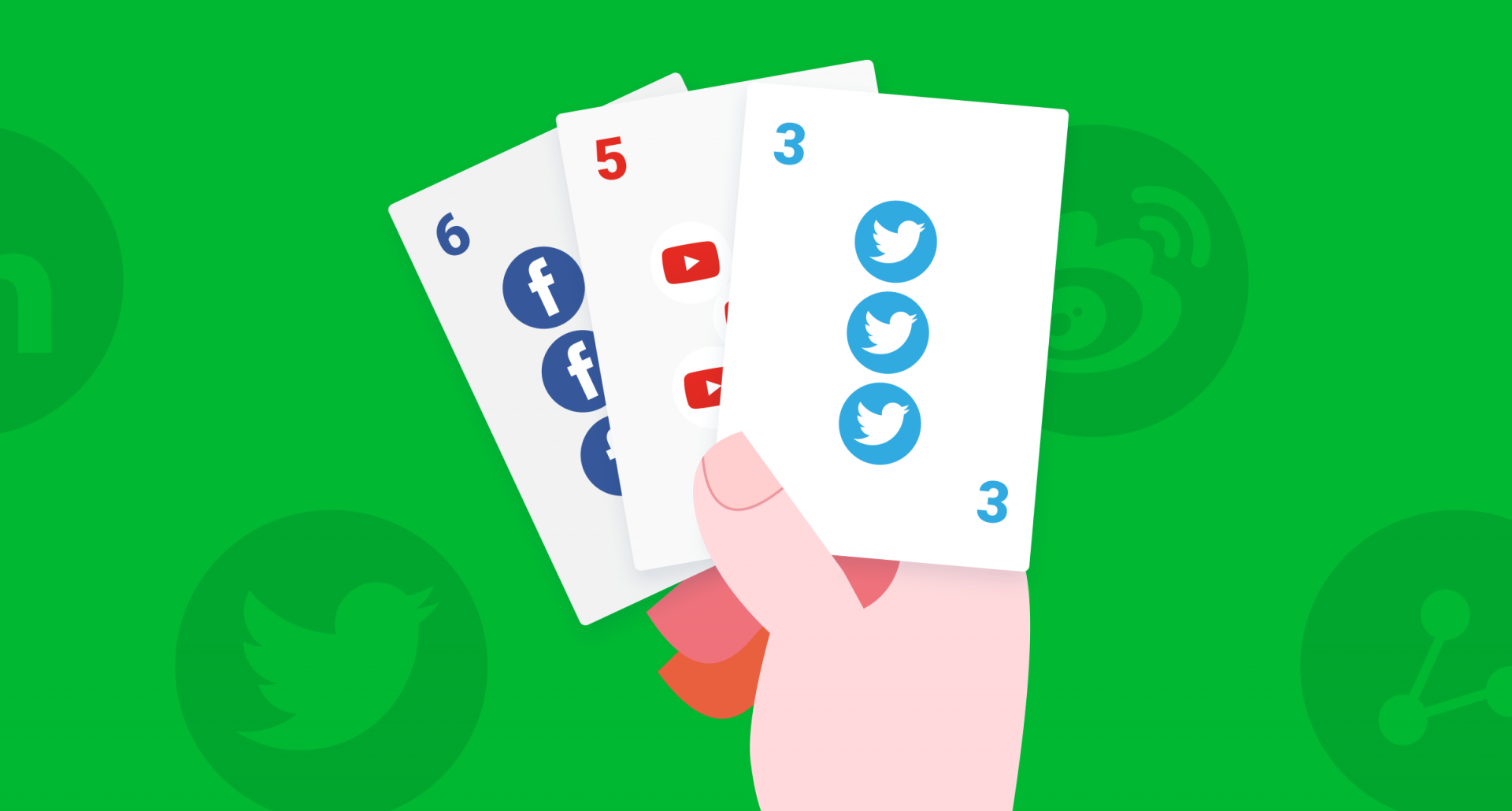
You’ve got a big conference or some sort of expo you need to put together, and you have to make it so that attendees get what they’re looking for when they arrive. If it’s not vendors, it’s high-likely that attendees are looking to meet with other attendees and exchange the ol’ business card or two.
Problem is, if your event is egregiously large, let’s say more than 500, it might be very difficult to get people to talk to each other and make the most of their time.
There are, however, a few ways you can organize or implement new ideas into your conference so that attendees can get a shot at meeting possibly everyone else no matter how large your even gets.
Attendee-to-Attendee Chat Apps

A fairly straight forward solution is to implement an event-wide app that helps attendees connect, and find one another.
Usually though an attendee-to-attendee chat platform which is widely being adopted at expos where attendees have started getting skittish about coming again the next year because they simply didn’t meet enough other attendees to justify the sometimes thousands of USD price tag a ticket can go for at a lot of events.
Attendee-to-attendee chat can provide attendees the opportunity to chat with attendees without even meeting them in person, but by being at the same event, they share an experience that helps to bring down barriers to introductions and break the ice so to speak.
This also makes it easier for attendees to meet one another during event downtimes and helps them navigate the venue instead of bumbling around trying to find someone they could have been looking for but didn’t have their contact info prior.
Attendee-to-attendee chat can be somewhat of a pandora’s box as well. There’s a probability that some attendees might be annoyed with unsolicited direct messages, and that could easily turn off attendees, or even worse, VIPs who might be sought after by a good majority of attendees who would have liked to meet them.
To this end it’s important to pick a chat provider that knows how to create certain permissions and filters that allow attendees to talk with one another, but to leave out some individuals so as to not annoy them. There are other neat ways to limit the white noise of messages like creating specific chat rooms, limiting on-going chats for attendees, and so on.
Break-out Session Areas
A more traditional and familiar method of facilitating networking at your next conference/expo, is the use of break-out-sessions as a part of the event scheduling.
This also requires making space for these breakout sessions so that people can mingle and talk. This is where it’s important to create clear nametags that are easy to see at a glance.
There is no guarantee that all attendees will be able to use this method depending on the size of your event, and if you have vendors, it’s probably best to spread out these break out sessions areas of the event floor to different areas so as not to crowd potentially thousands of people into one area in an loud and uncomfortable setting.
Higher level ticket holders, if your ticket strategy allows for this, should help create different tiers of break out session areas so that certain attendees with the right level of access can gain access to break out areas where they can converse with speakers and other VIPs. This should help VIPs feel not so attacked with thousands of attendees trying to get to them for a quick card swap.
Connect Attendees on Social Media

A fairly new but not widely method of encouraging networking at large events is the use of social media to create pages or communities so that attendees can have public discussions online before, during and after the event to help foster prearranged meetups or post event meetings.
This also helps the event organizer have more of a bird’s eye view of the general consensus of the vent before and after the event.
Social listening is an incredibly helpful asset to any large event, and it gives enough forewarning about complaints, praise, or notable attendees that will swing by.
It also gives your side of the event a platform to disseminate news and information like sharing event floor maps, special additions or last minute changes.
But back to networking, this helps attendees familiarize themselves with other attendees and essentially it gives a somewhat fair platform for them to reach out and speak to one other, or voice themselves so that they can meet up with other attendees during the event, or to use it after the event to see attendees whom they had not had the chance to meet.
Host a Post-Event Happy Hour
Hosting an event after a major conference or expo is a great way to siphon all your most engaged attendees to show up for drinks, let loose, and talk it all out.
These are incredibly helpful happy hours and dinners, as all the attendees have just gotten back from your smash hit of a conference, and now they want to chat about it with others. This is a great opportunity to let the less-engaged or busier attendees to go home, while giving the dedicated attendees to really get to know each other.
These are the easiest things to do, and while they can fetch a price at venues, post-event happy hours can be an added-cost optional part of the event for non-VIPs to join, helping to edge against the cost. Either way the cost is worth it for the engagement had.
If attendees get out of the conference a great evening having felt they met the contacts they intended to meet, they’ll likely come back to your next event, or even bring their peers next time.
Back to you
Attendees are always seeking contacts. They may not say it abruptly, but it’s what a professional or industry conference is all about. We go there to empty our name cards out of our pockets, and to fill them with others’.
If your event cannot facilitate this level of networking, you may disappoint attendees and hurt your chances at having a better event next time. These strategies are here for you to explore, experiment with, mold to your liking, and hopefully succeed with.
Contact us if you need help getting your next event set up with the right tools in place. We’ll give you a demo of our event management software that has helped thousands of events around the globe.



